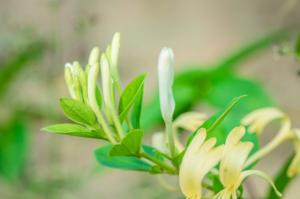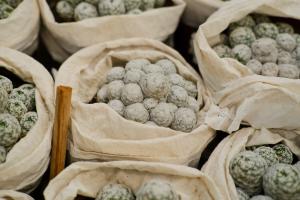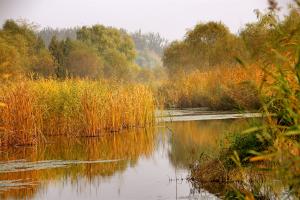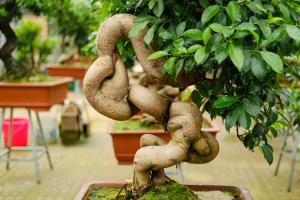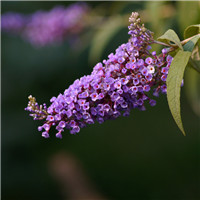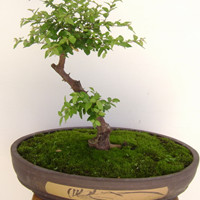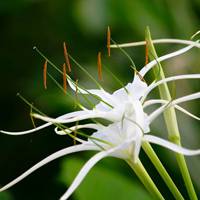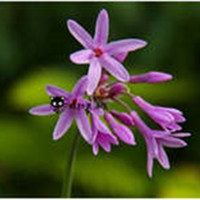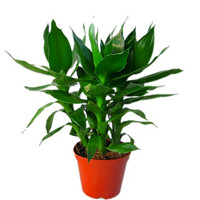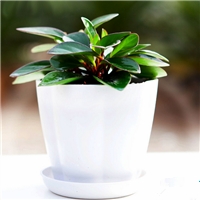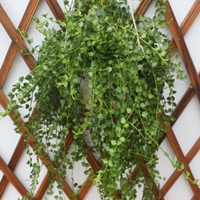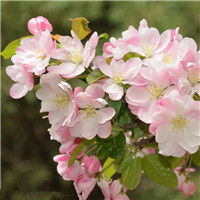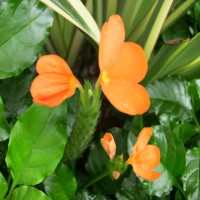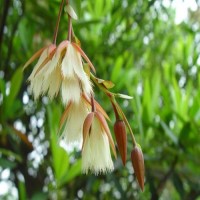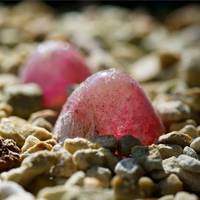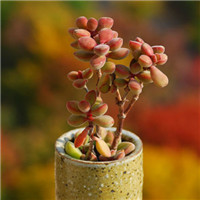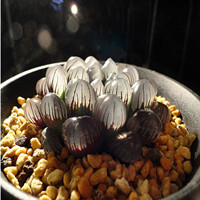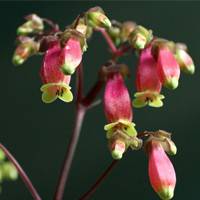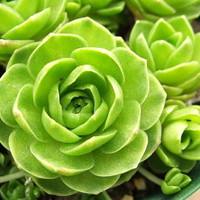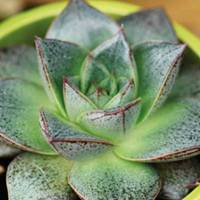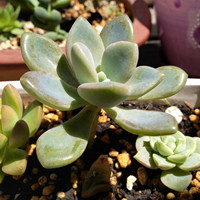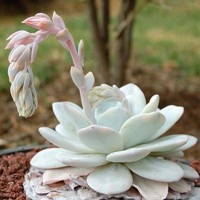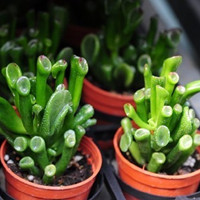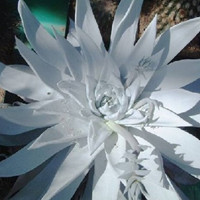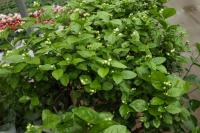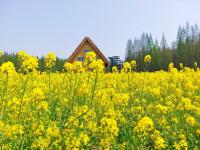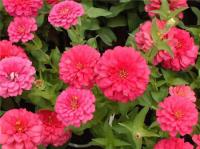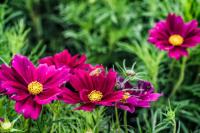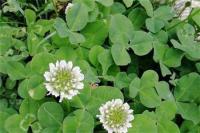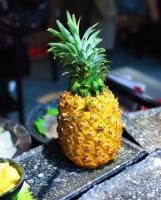Breeding method of Malachite grass
illumination
Peacock grass is a plant that likes light. It needs plenty of sunshine when breeding. Generally, it can meet the light demand of peacock grass in spring and autumn, but pay attention to avoid direct sunlight in hot summer and shade at noon, but don't over shade.
temperature
Basically, malachite grass can grow well between 10 ℃ - 30 ℃. Several points needing attention are: the temperature in winter should be kept above 5 ℃, so it is not easy to produce freezing injury; Before flowering, the temperature should be kept between 12 ℃ and 15 ℃; During daily curing, the temperature should be kept at or below 20 ℃.
Water and fertilizer
Peafowl manure is very important to peafowl grass. When watering, it is necessary to ensure that the soil is dry before watering, and then fully watering, but pay attention not to be too dry. Fertilization is usually done once every 7-10 days, but it needs to be reduced in the low-temperature season in winter. Generally, some base fertilizer should be applied first when planting. If the soil fertility is not enough, topdressing is also needed.
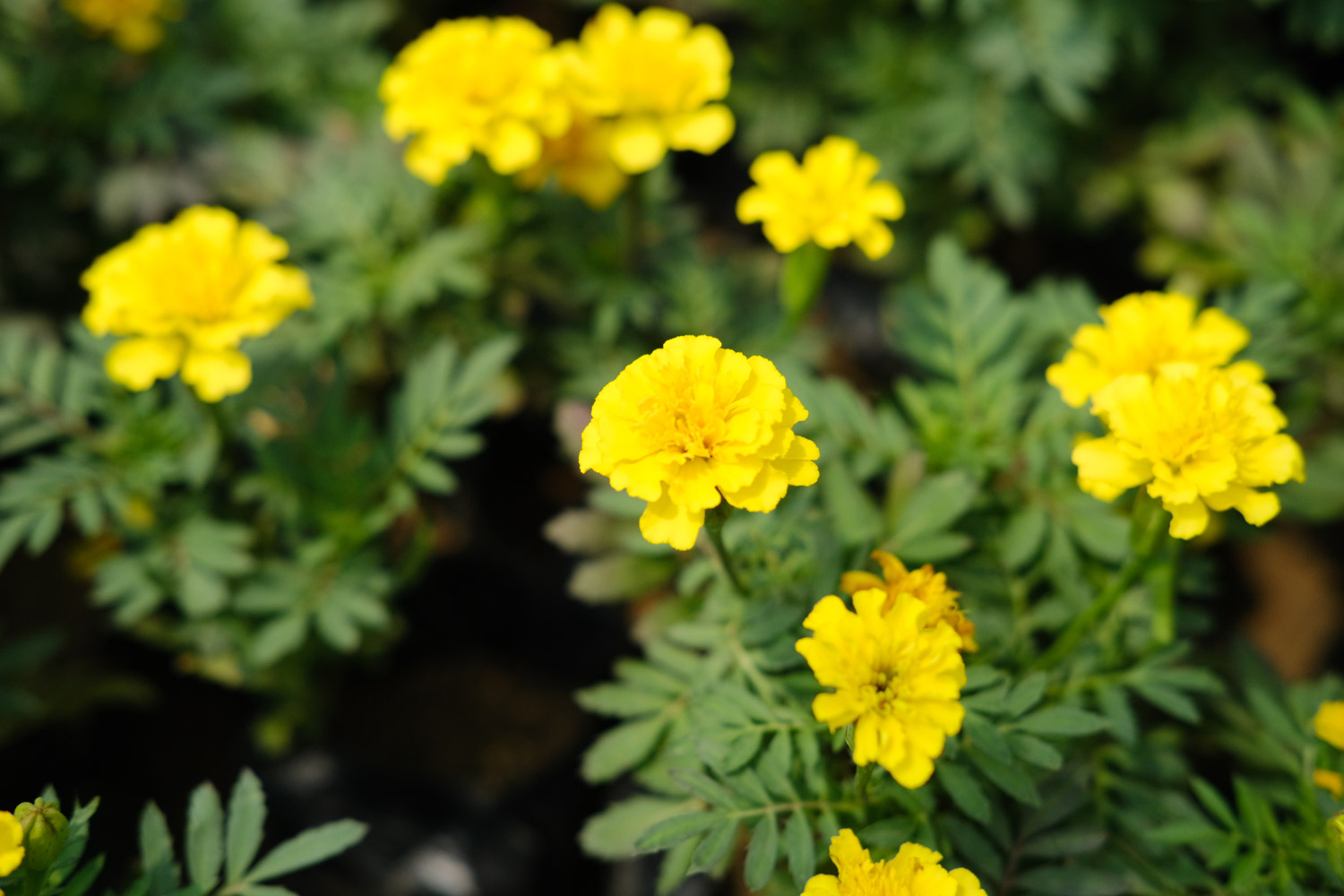
Breeding precautions of malachita grass
Upper basin
Generally, when the young seedlings of Malachite grass grow to 2-3 leaves, they need to be potted. When potting, flower pots with a diameter of 10-15cm can be used. After potting, there is basically no need to change pots.
Diseases and insect pests
The common disease of malachita grass is root rot, which can be controlled by root irrigation with methyl tobuzin. The main pest is red spider.
breed
The propagation of malachita grass is generally carried out by sowing and cutting. Sowing is carried out between November and March. Cutting propagation can be carried out between June and August.
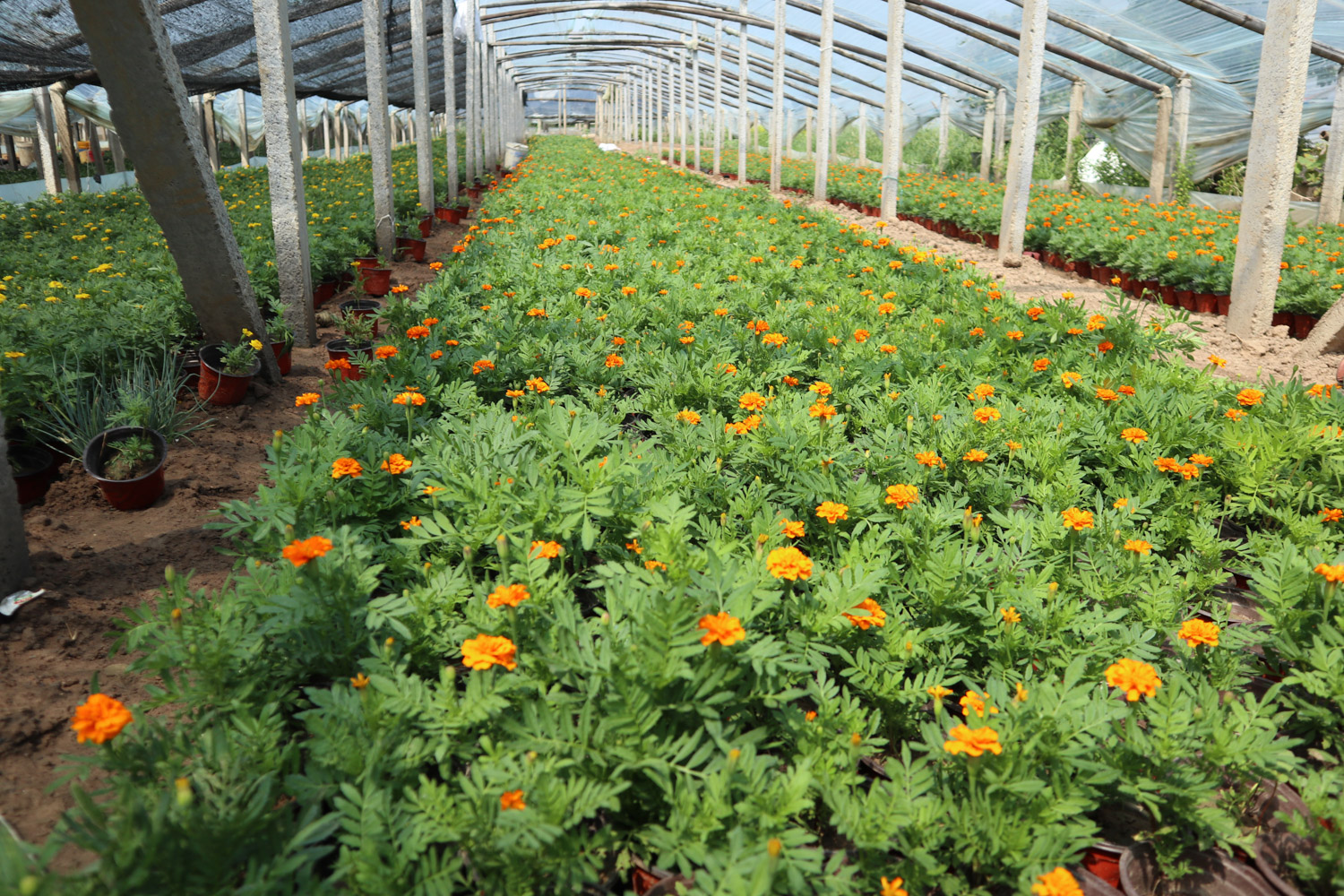

 jackfruit
jackfruit snake plant
snake plant hibiscus
hibiscus hydrangea
hydrangea lavender
lavender Green roses climb al...
Green roses climb al... If you don't pay att...
If you don't pay att... Management of four g...
Management of four g...
